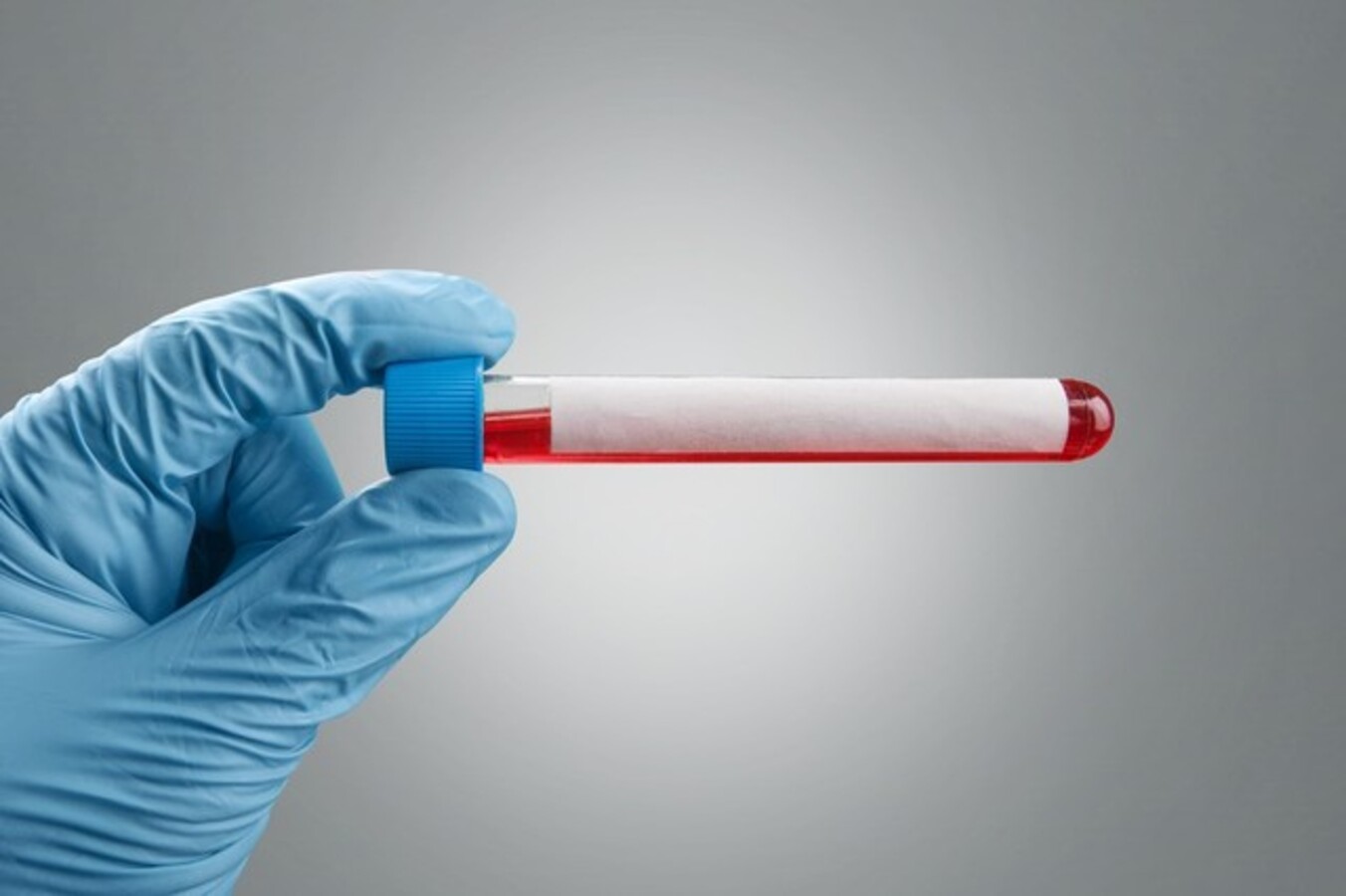Does it make sense to keep cord blood? from dtertz's blog
What can cord blood do?
After a baby is born and the umbilical cord is cut and ligated, there is still some blood in the umbilical cord inside the placenta,臍帶血 which is actually fetal blood. This blood is usually discarded, but in recent years, scientific research has found that the blood in the umbilical cord is very valuable and useful. Umbilical cord blood contains hematopoietic stem cells, which can rebuild the body's hematopoietic and immune systems.
Stem Cells
What do we mean by stem cells? Stem cell technology, as you can understand it, is about the cells that make us special. Most of the body's research cells have their own functions. 臍帶血The cellular functions of each tissue and organ are metabolized continuously, old cells die and new cells are produced; but new blood cells are produced in the hematopoietic system and new liver cells are produced in the liver. Once a major disease occurs in a vital organ, all of the production affects the ability of the normal cells as well as destroying them after which other information systems are unable to completely replace them.
Stem cells, especially stem cells, can adapt to the environment in any location and gradually perform the same functions as their counterparts.
A large number of these stem cells are found in the umbilical cord blood and the placenta of the fetus.臍帶血 They are primitive, undifferentiated cells that can differentiate in many directions and are therefore called "pluripotent" stem cells.
These cells can develop in many directions to repair human organs and systemic diseases.
We commonly use stem cells from the placenta, umbilical cord, cord blood, and bone marrow. Bone marrow transplantation is a type of stem cell transplantation that is mainly used to treat leukemia, aplastic anemia, and lymphoma. Not only in these common hematologic disorders, but in other areas as well.
Bone marrow cell transplants usually use allogeneic tumor stem cells, which can only be developed by someone else who can donate bone marrow once the disease has developed, and have to be matched.
When we are born, we lose the umbilical cord and placenta, which are vital to our lives, as well as some of the cord blood that is present in the umbilical cord. This is a huge pool of stem cells. Umbilical cord blood is the most common form of autologous stem cells and contains a large number of hematopoietic stem cells.
If these stem cells can be preserved, they can be transplanted in the event of future illnesses, especially blood disorders such as leukemia and lymphoma, with no mating, no pain, no risk, and simply recycled. As you know, these things are usually buried in the earth.
Cord Blood Banking
It's really worth saving something so good. Because of the medical value of cord blood, cord blood banking was born. There are two types of cord blood banks: voluntary and public.
Cord blood is stored at the bank's own expense and is removed when necessary. A public bank is similar to a blood bank in that it donates and stores the cord blood to be used to find a suitable match for the patient's needs. Cord blood stem cells are easier to match than bone marrow, and rejection is becoming less severe. Therefore, there is no need for a large amount of cord blood in the public sector.
Advantages and Disadvantages of Cord Blood Banking
Cord blood stem cells are worth saving. However, the preservation of cord blood, umbilical cord and placenta function requires very strict conditions of low temperature, constant temperature, and sterility, and therefore can be very costly. The cost of preservation can be very high, and the amount of money spent may not be available to you, or the time of use may be in the distant future.
Although cord blood contains a large number of stem cells, if the baby becomes ill as an adult, the number of stem cells in the cord blood may be relatively insufficient, which may be a problem in the future. The amount of stem cells in cord blood is more suitable for transplantation in children.
The high cost of autologous preservation, the low probability of use, and the limited use in adulthood, as opposed to allogeneic use of cord blood, which has a high success rate of mating and fewer rejection reactions, make experts recommend cord blood transplantation over autologous preservation. Therefore, experts recommend cord blood transplantation instead of autologous preservation. In the future, when there is a real need, it is a good choice for everyone to donate a little bit of love and find a suitable match in a public bank.
If a child in one family suffers from a blood disorder, such as leukemia, aplastic anemia and other autoimmune disorders, tumors, etc., the incidence and likelihood of a second child increases, so consider preserving the cord blood in an autologous blood bank for future use.
Related articles:
Is it really necessary to store cord blood for newborns? What Doctors Say
"Cord blood" is miraculous in treating illnesses, but it may not be useful for you, but for others
Is it necessary to preserve pregnant cord blood? What does it do?


The Wall